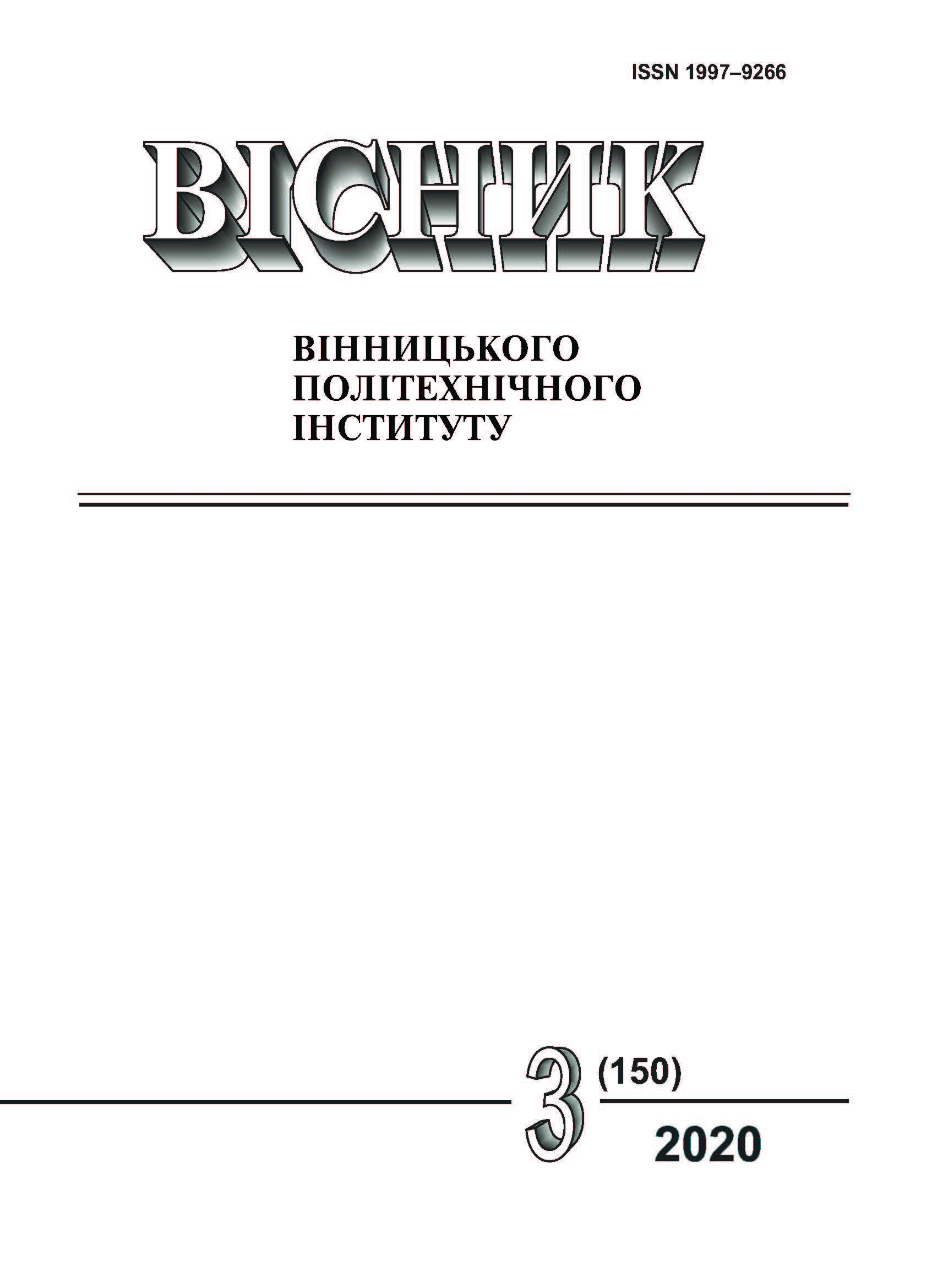Implementation of Wire Media for Radio Engineering Means for Transfer and Radiation of EM Waves (Review)
DOI:
https://doi.org/10.31649/1997-9266-2020-150-3-102-110Keywords:
metamaterials, wire structure, hyperlensAbstract
In the presented paper the review of the major possible applications of a wire medium in different radio engineering field is performed. The structures possess the unique properties such as a negative value of permittivity. Three types of wire media shapes are considered which include structures with parallel (superlens), tapered (hyperlens) and irregular (brush) metallic wires allocations. Modern progress allows a number of approaches (from usual mechanic arrangement to chemical synthesis) to realize wire media of different shape for their utilizing in frequency range from microwave to optics and higher. Superlens can be applied to narrow and broadband energy transfer of electromagnetic waves including photovoltaic devices, imaging, endoscopy, spectroscopy and many others. The broadband effect was shown recently in [9] by the investigation of EM power transfer between two waveguides through a wire media slab that became the first experimental evidence of analytical hypothesis of [12]. It was a beginning point to develop of wire media endoscopes in [15] which shown the nature of non-Fabri-Perot minima and maxima of dispersion function as the vortex modes as well as reliability of endoscope operation under the huge bend. The wire media such as hyperlens and irregular one can find applications in antennas development that operate in the wide frequency range. Comparison of Parcell factor dispersions of these two kinds of metamaterials shows different results due to hyperlens, despite the possibility to radiate at interresonant frequencies, stays resonant structure in general. Instead, a wire medium brush is characterized by the continuing Parcell factor spectrum. It is possible in consequence of the structure shape that can be considered as a set of a huge number of local hyperlenses with different parameters that reradiate and amplify EM field of another local hyperlenses and so on. As the result a wide frequency range can be covered (from 1 up to 5 GHz in [18]).
Downloads
-
PDF (Українська)
Downloads: 224
Published
How to Cite
Issue
Section
License
Authors who publish with this journal agree to the following terms:
- Authors retain copyright and grant the journal right of first publication.
- Authors are able to enter into separate, additional contractual arrangements for the non-exclusive distribution of the journal's published version of the work (e.g., post it to an institutional repository or publish it in a book), with an acknowledgment of its initial publication in this journal.
- Authors are permitted and encouraged to post their work online (e.g., in institutional repositories or on their website) prior to and during the submission process, as it can lead to productive exchanges, as well as earlier and greater citation of published work (See The Effect of Open Access).





